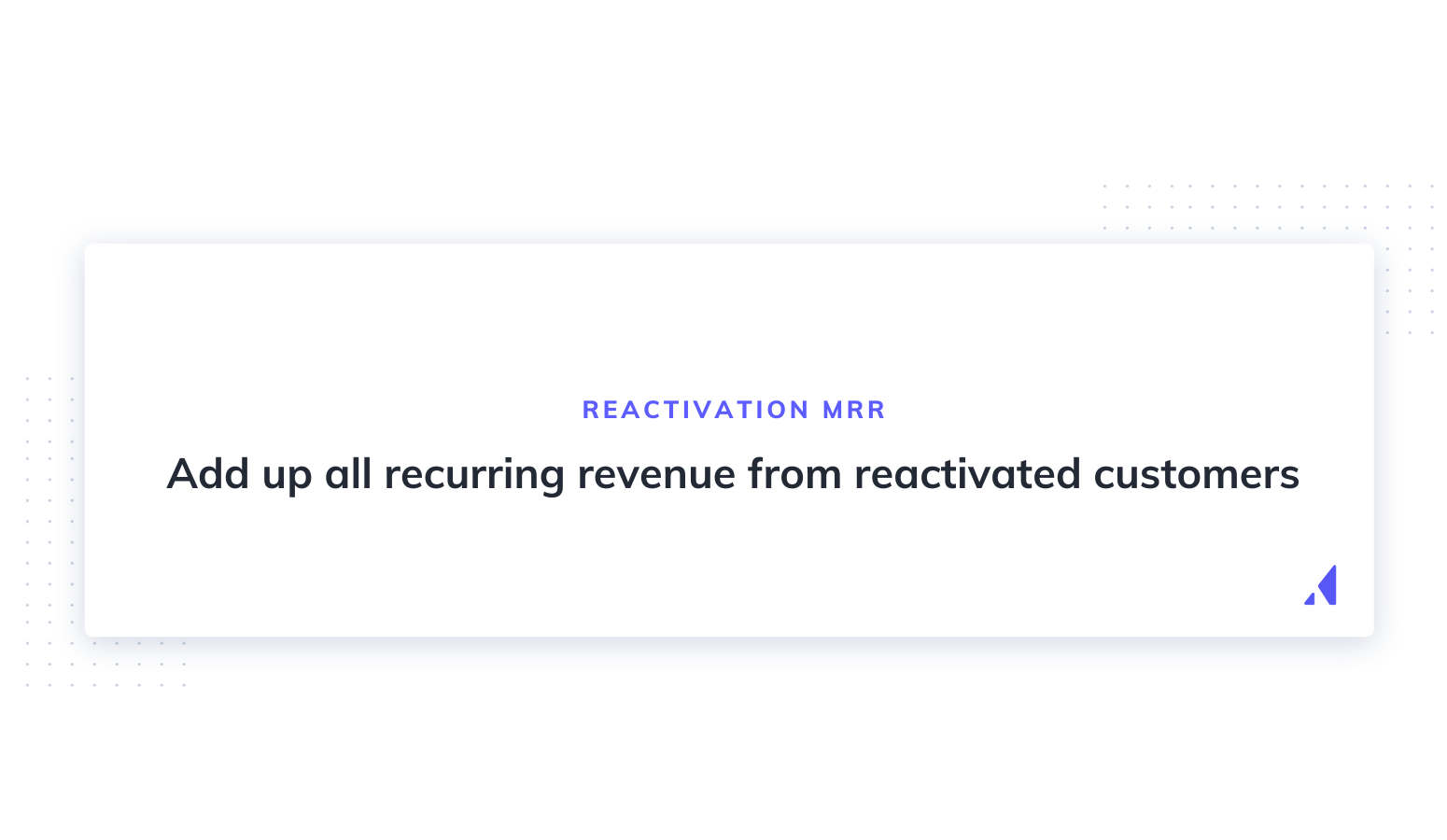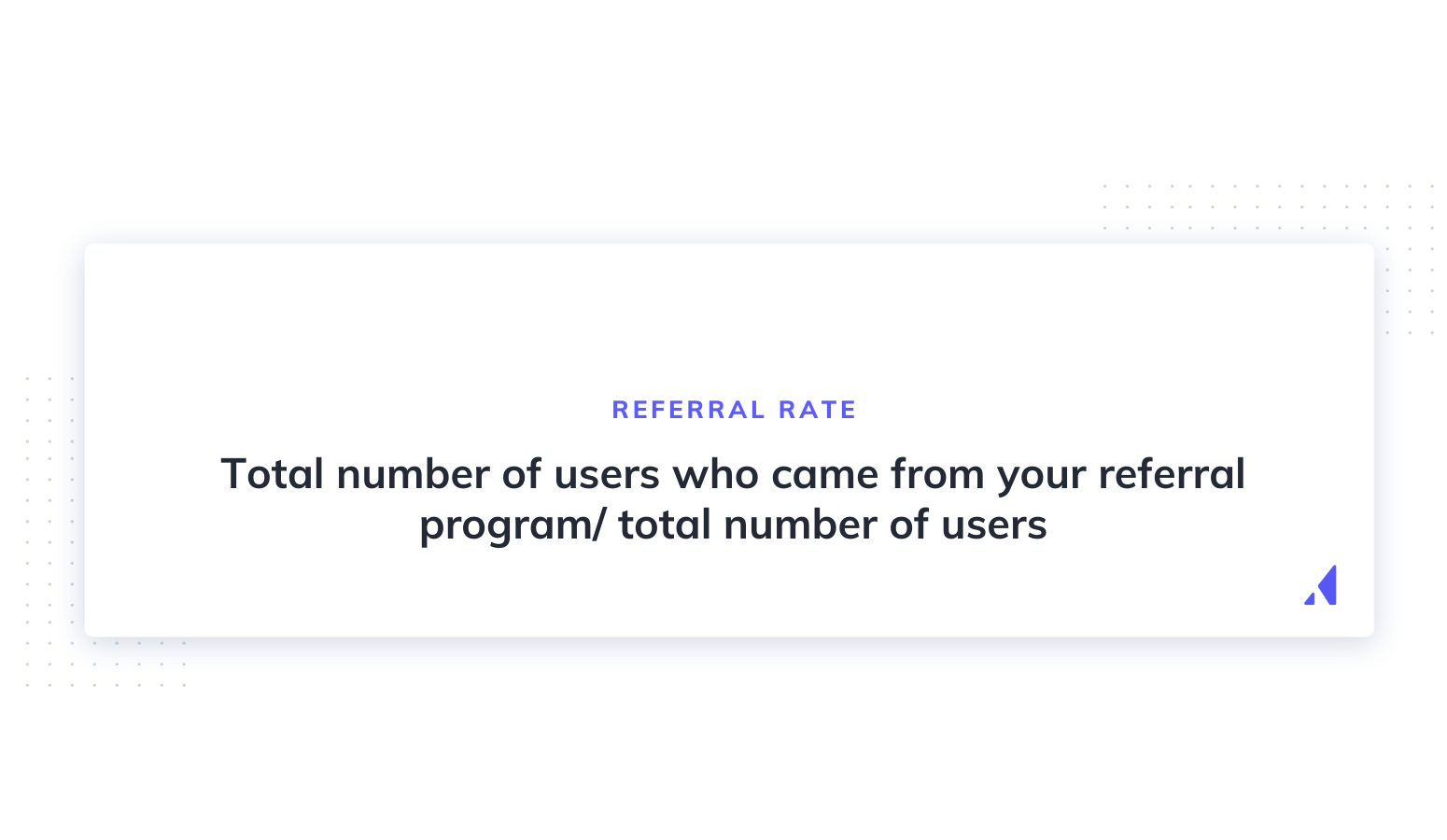Product managers are the pirate captains of their product, charged with navigating the stormy seas of the market to find success and growth. But PMs don’t navigate by instinct alone — product management metrics are the reliable, data-driven compasses they need to chart their courses by.
Unlike on the open seas where the sun and stars can point you in the right direction, with products, you need metrics to tell you if you’re off course. However, you can’t navigate with just one metric. You need several to properly measure the health of your product funnel across the aptly named pirate metrics framework (Acquisition, Activation, Revenue, Retention, and Referral). By tracking this list of twelve metrics and setting attainable KPIs, PMs can boost their overall pirate metrics, move their product forward, and strike it rich with a bounty of MRR treasure at the end of their journey.
The product management metrics that matter to true PM pirate captains:
- Customer acquisition cost (CAC)
- Conversion rate
- Churn rate
- Onboarding completion rate
- User activation rate
- MRR by cohort
- Reactivation MRR
- Customer lifetime value (CLTV)
- Stickiness ratio
- Feature adoption rates
- NPS
- Referral rate
Why you should be tracking these metrics
These metrics evaluate the effectiveness of new changes to products or identify problem areas that are losing you money and users.
It may be easier to solely track more top-line metrics, like MRR or churn rate. However, these don’t properly get to the heart of the trends that PMs need to analyze. Instead, this list includes a mix of top-line and granular metrics that’ll give you a clear view of what is happening and how users react to the changes you make.
You should track these metrics and set targeted KPIs based on them to measure how well your optimizations are playing out across different segments and cohorts. This way, you can continue to improve the product day after day with the knowledge that the numbers back your decisions and prove that you’re heading in the right direction.
Acquisition metrics
Acquisition metrics help you measure how well your product marketing efforts are working to bring in new customers and users. By improving these metrics, you directly impact overall growth numbers.
1. Customer acquisition cost (CAC) by source
Customer acquisition cost (CAC) by source measures how much it costs your company to bring in a new customer from a particular source. You should use this metric to prioritize the most efficient growth sources and bring down your overall CAC.

Measure CAC by source by dividing the total new users a source brings in by the total cost of sales and marketing for those sources.
2. Conversion rate by source
Conversion rate by source tells you how successful each source is at converting website visitors into new users or trial users into paying customers. Use this metric to find out which sources are bringing you the traffic that actually converts into paying customers. If you use a free demo, landing page conversion would be more useful. Or, if you use free trials, free trial conversion would be the better bet.
Find this metric for landing pages by isolating a single traffic source (i.e., organic search) and a set period of time. Then, divide the number of people who clicked through during that time period by the total number of people who landed on that page. For trial to paid conversion rates by source, do the same thing, but with people who converted divided by the total number of free trial users.
3. Onboarding completion rate by cohort
Onboarding completion rate by source tells you what percentage of users from a specific traffic source completed their onboarding flow. If users aren’t even finishing onboarding, there’s likely a disconnect between what you promise in marketing and what you deliver in onboarding.

Measure your onboarding completion rate by dividing the number of users who complete onboarding in a cohort by the total number in the cohort.
Activation metrics
Activation is the most important pirate metric because it leads to the greatest effect on your bottom line. But getting users to their activation event or aha moment isn’t easy. These metrics measure how effectively you’re activating new users, so you can find friction points and make the changes needed for smooth sailing into long-term retention.
4. User activation rate by segment
User activation rates by segment tell you what percentage of users in a segment reach their activation events or aha moment. By looking at this metric by segment, you can see how well your onboarding and chosen activation events work with that segment. Low rates can be improved by personalizing aha moments to specific segments.
Find this metric by isolating a single segment over a given time frame and then dividing the number of users who reach their activation event by the total number of users in that segment.
5. First-week churn rate by cohort
Churn rates by cohort tell you what percentage of users leave your product over a given time. Use this metric to see how effectively your onboarding flow keeps users over their first week. If users complete onboarding but drop at Day 3, changes to your onboarding process and activation event would help you reduce your churn.

You can find your first-week churn rate by cohort by dividing the number of users left in a cohort at the end of the week by the total number who started it.
Revenue metrics
Pirate captains are all about treasure, and there’s no more important treasure than revenue. These metrics will help you understand where your revenue comes from and whether it’s at risk of being pilfered by some other scallywag.
6. MRR by segment
Your company is probably already tracking monthly recurring revenue to gauge its financial health. However, by looking at it by segment, it’s easier to see positive or negative trends among smaller segments that are getting drowned out by larger ones.
Calculate MRR by segment by isolating your specific segments and then adding up the recurring revenue created by those users during that month.
7. Reactivation MRR
Churn isn’t always the end for customers. A compelling product complimented with strong reactivation strategies can bring an account back to life and pad your bottom line. Tracking reactivation MRR separately from overall MRR allows you to see how well your reactivation strategies are paying off at luring back the one that got away.

Calculate reactivation MRR by adding up all recurring revenue from reactivated customers.
8. Customer lifetime value (CLTV) by segment
CLTV by segment measures how much the average user in a segment will spend with your company over their entire customer lifetime. Using CLTV, gauge which customer segments of your SaaS product stay the longest, renew contracts, and upsell to higher-tier plans. With this data, you can double down on bringing in the more successful segments or optimize to bring up the numbers of dragging user segments.
Calculate CLTV within a segment by isolating average revenue data for a specific segment and then multiplying the average monthly revenue per account by the average number of months they stay for.
Retention metrics
Once you’ve found your paying customers, you need to do everything you can to keep them (no kidnapping, even for pirates). Retention metrics help you gauge how well you’re succeeding at convincing your customers to stick around for days, months, and even years.
9. Stickiness ratio
Stickiness ratios illustrate how often your users use your product. By understanding how sticky your product is, you can tell if you’re doing enough to build the habits your SaaS product will need to succeed. For instance, if you want daily engagement from your users but you’re only seeing it 3x a week among one of your segments, experiment with engagement strategies to try to make up that difference.

Calculate your stickiness ratios by dividing your daily active users or weekly active users by your total monthly active users.
10. Feature adoption rates
Feature adoption rates tell you what percentage of users use each feature of your product. It takes blood, sweat, and grog to make a feature, so you want to make sure it’s bringing value to your users and giving them another reason to stay. Use this metric to identify underperforming features, so you can improve their onboarding flows and UI or smooth out any friction points holding it back.
Calculate feature adoption rates by dividing the number of new users of a specific feature by the total number of users.
Referral metrics
A good product should be the talk of the seven seas, but to get to this legendary status, you need to improve your referral rates. These two metrics can help you account for how well word is getting out about your product, so you can boost your numbers and get even more users signing up.
11. Net promoter score (NPS)
NPS tests ask users how likely they are to recommend a product to a friend, family member, or colleague. They’re a simple but effective way to gauge users after they use your product to see whether the experience left a pleasant aftertaste or bitter regret. No one likes to hear bad news, but a bad NPS score can be the wake-up call you need to improve your UX and encourage more people to make referrals.
Calculate your NPS by subtracting your total number of promoters (score 9 or 10) from your detractors (score 1-6), and then divide this by the total number of responses.
12. Referral rate
SaaS companies need growth, and one way they accomplish this is through referrals. Tracking the percentage of users who ultimately make referrals over time helps you understand if your strategies for increasing referral numbers are working. Refine this metric further by looking at specific segment or cohort numbers to dive deep into what is working (and for who).

Calculate this metric by dividing the total number of users who came from your referral program by your total number of users.
How to manage your product data
Now that you’ve got all these great product metrics, it’s time for you to swashbuckle your way into a sunset of product success and everlasting glory. Well… not so fast. Knowing what you want to measure is one thing, but being able to handle all of your product data to get those measurements is another.
Make sure bad data collection never leaves you marooned by checking out our lists of the best product management tools and customer retention tools this side of Davy Jones’s Locker.




.svg)






